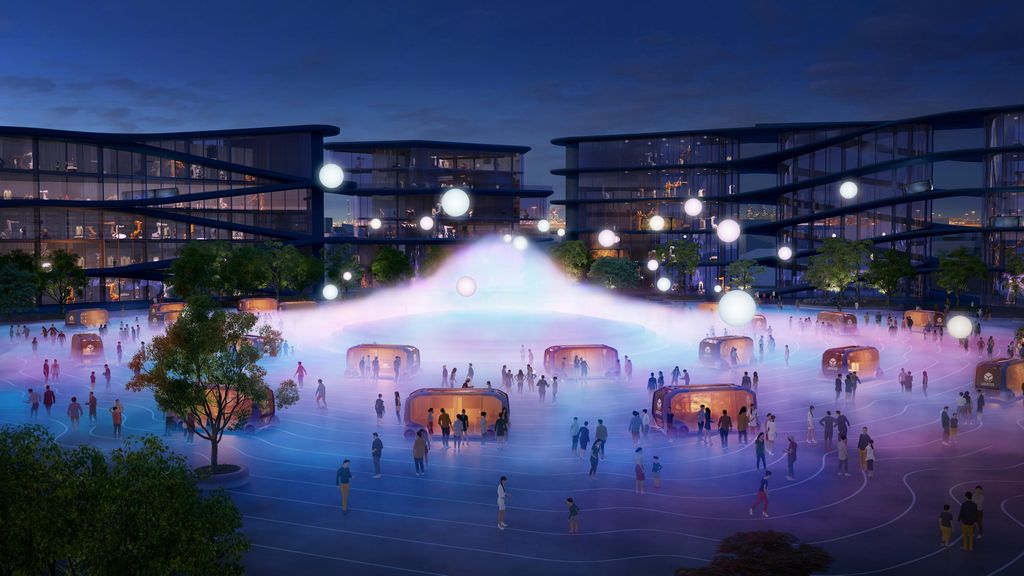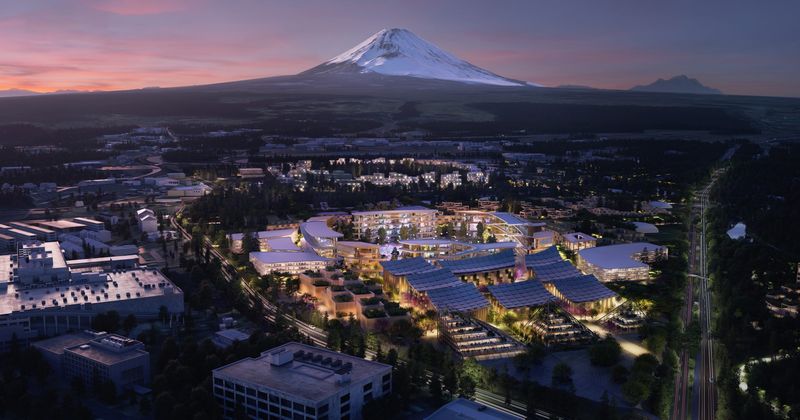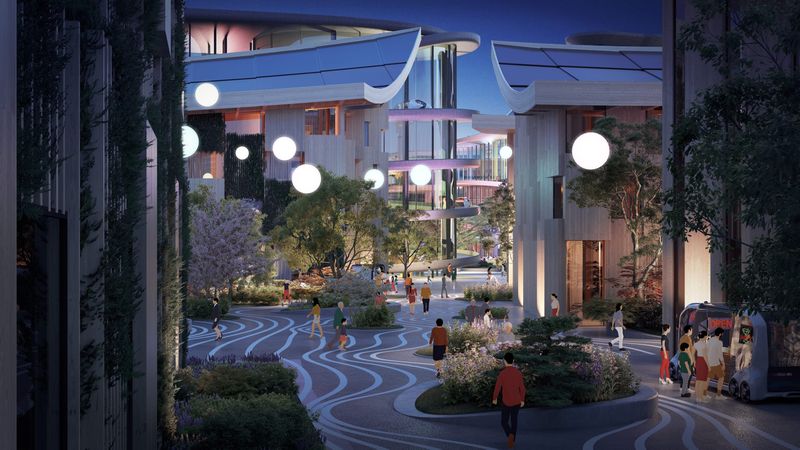
Toyota’s City of the Future Experiment: Woven City
Toyota announced on January 6th, 2020 at the Consumer Electronics Show that it will be building a 175 acre “living laboratory” of full-time residents and researchers. The goal of Woven City is to stimulate human interaction, and develop a way of life where technology assists humans in their lives in a harmonious and sustainable manner.





Woven City will be a real city, with real people living, working, playing, and participating in the community. It will be home to roughly 2000 people to start, and grow from there. Groundbreaking is planned for 2021. Globally respected Architect Bjarke Ingels was engaged for the design of the city. Toyota is building the city virtually first, which must be in progress since the IRL groundbreaking so soon.
The city’s design consists of three types of streets. There are fast-transportation routes, which resemble what you would think of as a street today. Except that every vehicle is autonomous and has zero emissions. Trees delineate the fast-transportation lanes from slower moving pedestrian areas. The second type of street is an urban promenade. The promenades are shared by pedestrians and slower forms of personal mobility. These slower forms of mobility resemble the Segway and its descendants in the Toyota rendering. The third type of street isn’t really a street but a pathway for pedestrians only. Walking to another place in the city is like walking through the park. The streets and paths are woven into a grid, each framing a local park or courtyard designed to foster human interaction.
Tech is nearly invisible, being a subtle helper in this city of the future. On top of the building, the rooftops are equipped with solar panels to provide energy for the living, working, and playing going on in each area. Underneath the buildings, the infrastructure needed for the city is hard at work. Power storage and water filtration systems provide the utilities from underneath. Goods are transported throughout the city by robots or autonomous vehicles underneath the city, delivered neatly to the buildings above.
In the home, robotics assist with daily life. Sensor-based AI helps restock the refrigerator and take out the trash. In the promotional video, children are seen playing with ghost-like virtual pets. A robot is seen transporting groceries around the house. The details of in-home technology are a little sparse, which is understandable. This is coming from Toyota, not Samsung or Sony who would be more “at home” in the home.
The city is being built on land Toyota was previously using as a manufacturing plant. It’s in Japan, near Mt. Fuji. A lot of the marketing images leverage the romantic view of the iconic peak in the distance. Toyota is asking for partners to join them in this effort. They must be looking for different companies, universities, and other organizations to help attend to all the details needed in implementing a city. See a few more details, or express your interest to partner at the Woven City micro-site.
Most cities evolve and develop over hundreds of years. This may be the first time a city which is intended to be permanent is created on an extremely compressed schedule. It will be interesting to watch.
Personally, I like this vision of the future. It’s a little Utopian, which is to be expected when it’s being sold. But I’d like to think there’s a future where people are interacting with each other instead of staring down at their phones while they walk from place to place. I like the idea of keeping grass and trees as an important element of our habitat, instead of paving over everything, or sprawling our cities out with new buildings when we have so many vacant ones in them already. I like the idea of technology assisting us in our lives, instead of the (completely unrealistic) fear-mongering of AI taking over humanity. It’s not tech for tech’s sake, but tech for our sake. That’s the key.
If you haven’t seen it yet, take a look at Toyota’s video. It’s got my curiosity up. I’ll be watching this project and looking for lessons we (as humankind) can take from this.